Web designing in a powerful way of just not an only professions. We have tendency to believe the idea that smart looking .
High-Intensity Focused Ultrasound (HIFU) has become a game-changer in the field of aesthetic medicine, offering a non-surgical solution for skin tightening and lifting. This advanced technology utilizes ultrasound energy to stimulate collagen production, resulting in firmer, more youthful-looking skin. At Green Village Medical, we specialize in HIFU treatments to help our patients achieve their aesthetic goals without the need for invasive procedures.

HIFU is a non-invasive treatment that uses focused ultrasound energy to target the deeper layers of the skin. This energy heats the tissues, stimulating the body’s natural healing process and promoting collagen production. The result is a tightening and lifting effect that can improve the appearance of sagging skin, fine lines, and wrinkles.
HIFU works by delivering focused ultrasound energy to specific depths within the skin. This energy creates controlled thermal injury, which triggers the body’s natural healing response. The key mechanisms behind HIFU include:
HIFU offers numerous benefits for individuals seeking non-surgical skin tightening and rejuvenation. Some of the key advantages include:
Non-Invasive: HIFU is a non-surgical procedure that does not require incisions, anesthesia, or downtime, making it a convenient option for busy individuals.
Natural-Looking Results: HIFU stimulates the body’s natural collagen production, resulting in gradual and natural-looking improvements in skin tone and texture.
Long-Lasting Effects: The collagen remodeling process initiated by HIFU can continue for several months, with results lasting up to a year or more.
Versatile Treatment: HIFU can be used to treat various areas of the face and body, including the forehead, cheeks, jawline, neck, and décolletage.
Minimal Discomfort: Most patients experience minimal discomfort during the procedure, with only a slight warming or tingling sensation.
HIFU is suitable for individuals who are experiencing mild to moderate skin laxity and wish to achieve a more youthful appearance without surgery. Ideal candidates for HIFU typically include:
Individuals in their 30s to 60s with mild to moderate skin sagging and fine lines
Those looking for a non-invasive alternative to surgical facelifts
Patients seeking gradual, natural-looking improvements in skin firmness and texture
People with realistic expectations about the outcomes of non-surgical treatments
HIFU can be used to address skin laxity and rejuvenate various areas of the face and body. Common treatment areas include:
Forehead: Reducing the appearance of forehead lines and lifting the eyebrows
Cheeks: Lifting and tightening the midface to reduce nasolabial folds
Jawline: Defining and contouring the jawline to reduce jowls
Neck: Tightening loose skin and improving neck contours
Décolletage: Reducing wrinkles and sagging in the décolletage area
The HIFU procedure is typically performed in an outpatient setting and involves the following steps:
Consultation: During the initial consultation, the patient meets with the aesthetic specialist to discuss their goals, concerns, and medical history. The specialist evaluates the patient’s skin condition to determine if HIFU is the appropriate treatment.
Preparation: On the day of the procedure, the treatment area is cleansed, and a gel is applied to facilitate the transmission of ultrasound energy. No anesthesia is usually required, although a topical numbing cream may be applied for added comfort.
Delivery of Ultrasound Energy: The specialist uses a handheld HIFU device to deliver focused ultrasound energy to the targeted areas. The device is moved across the skin in a systematic manner, ensuring even coverage and optimal results.
Post-Procedure Care: After the procedure, the patient can immediately resume their normal activities. The specialist provides instructions on post-treatment care to enhance the results and minimize any potential side effects.
One of the key advantages of HIFU is the minimal downtime associated with the procedure. Most patients can return to their daily activities immediately after treatment. However, it is important to follow post-procedure care instructions to ensure the best possible outcomes. Recommended aftercare includes:
Avoiding Excessive Sun Exposure: Protecting the treated area from excessive sun exposure and using sunscreen to prevent hyperpigmentation.
Gentle Skincare: Using gentle skincare products and avoiding aggressive treatments, such as chemical peels or microdermabrasion, for a few weeks.
Hydration: Staying well-hydrated to support the skin’s healing process and overall health.
While HIFU is generally safe and well-tolerated, there are potential risks and complications associated with the procedure. These may include:
Redness and Swelling: Mild redness and swelling are common after the procedure and usually resolve within a few hours to a few days.
Bruising: Some patients may experience mild bruising, which typically subsides within a week.
Discomfort: Temporary discomfort or tenderness in the treated area is possible but generally mild and short-lived.
Numbness: Temporary numbness or tingling in the treated area may occur but usually resolves on its own.
The results of HIFU are not immediate, as the treatment relies on the body’s natural collagen production process. Most patients begin to see noticeable improvements within a few weeks, with optimal results typically achieved after three to six months. The longevity of the results depends on various factors, including the patient’s age, skin condition, and lifestyle habits.
Initial Results: Some initial tightening and lifting may be visible immediately after the procedure, with continued improvement over the following weeks.
Long-Term Results: The collagen remodeling process continues for several months, resulting in firmer, more youthful-looking skin. The results can last up to a year or more, with maintenance treatments recommended to sustain the effects.
For enhanced and comprehensive facial rejuvenation, HIFU can be combined with other non-surgical treatments. Common combination treatments include:
Dermal Fillers: Injectable fillers can restore lost volume and enhance facial contours, complementing the lifting effect of HIFU.
Botox: Botulinum toxin injections can smooth out dynamic wrinkles and fine lines, providing a more youthful appearance.
Microneedling: Microneedling treatments can stimulate collagen production and improve skin quality, working synergistically with HIFU.
Chemical Peels: Chemical peels can improve skin texture and tone, enhancing the overall results of HIFU.
Selecting a qualified and experienced practitioner is crucial for achieving safe and satisfactory results with HIFU. When choosing a provider, consider the following factors:
Credentials and Training: Ensure the practitioner is board-certified and has specialized training in HIFU procedures.
Experience: Look for a provider with extensive experience performing HIFU and a proven track record of successful outcomes.
Patient Reviews: Read patient reviews and testimonials to gauge the provider’s reputation and patient satisfaction.
Consultation: Schedule a consultation to discuss your goals, ask questions, and evaluate the practitioner’s approach and communication style.
Before-and-After Photos: Review before-and-after photos of previous patients to assess the practitioner’s skill and the quality of their work.
As technology and techniques continue to evolve, HIFU is expected to become even more advanced and accessible. Ongoing research and development aim to improve the efficacy and safety of HIFU treatments, offering patients even more options for achieving natural and long-lasting skin tightening and rejuvenation.


The duration of a HIFU treatment varies depending on the areas being treated. A full-face treatment typically takes about 60 to 90 minutes, while smaller areas, such as the forehead or jawline, may take 30 to 45 minutes.
Yes, HIFU is suitable for all skin types and tones. However, it is important to consult with a qualified practitioner to determine if you are a suitable candidate for the procedure.
Most patients achieve their desired results with a single HIFU session. However, some individuals may benefit from additional treatments, especially if they have more significant skin laxity or wish to enhance the initial results.
HIFU is generally safe and well-tolerated, with minimal side effects. Common side effects include mild redness, swelling, and temporary discomfort. Serious complications are rare but can occur. It is important to choose a qualified practitioner to minimize risks.
Some initial tightening and lifting may be visible immediately after the procedure, but the full results typically develop over three to six months as collagen production increases.
